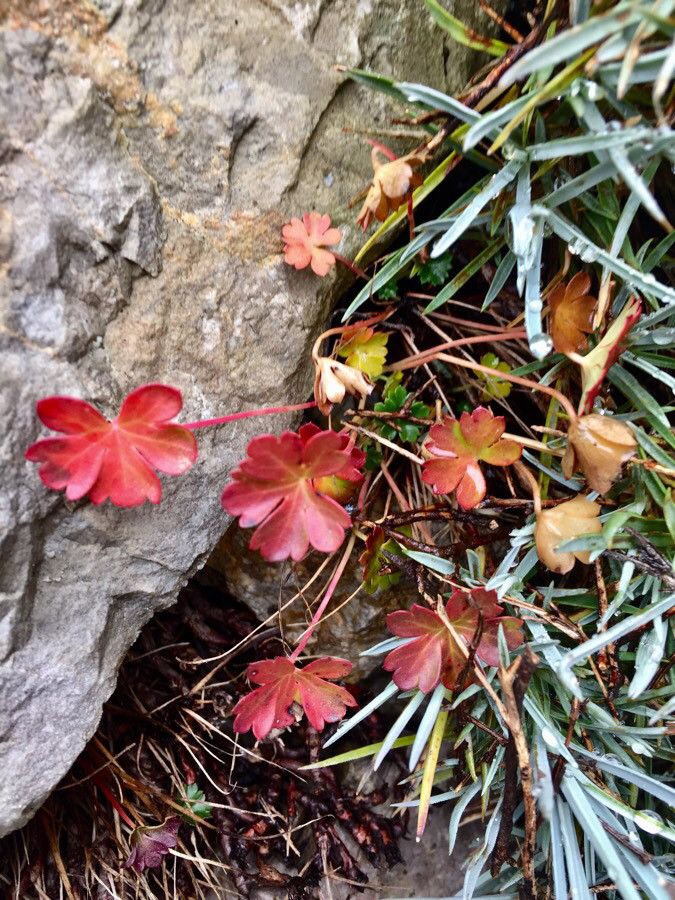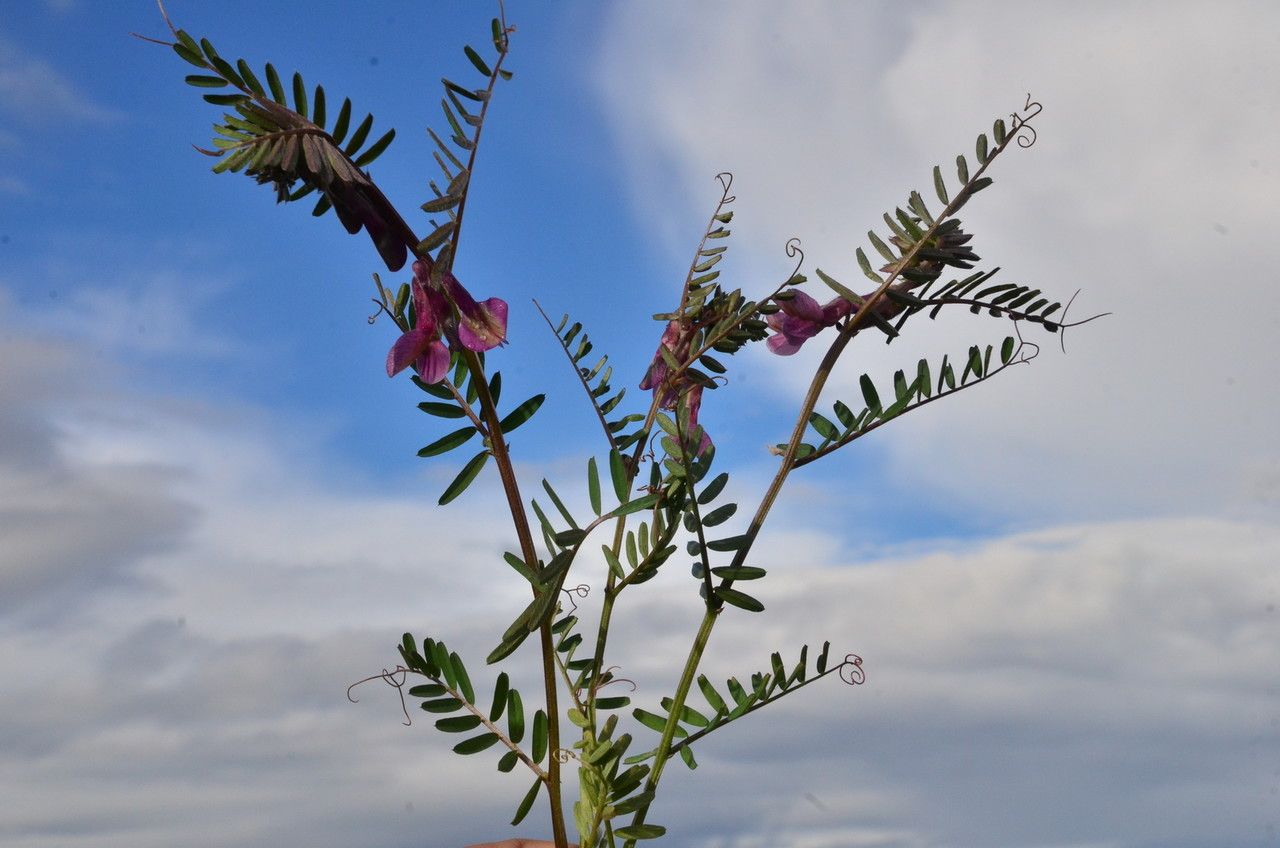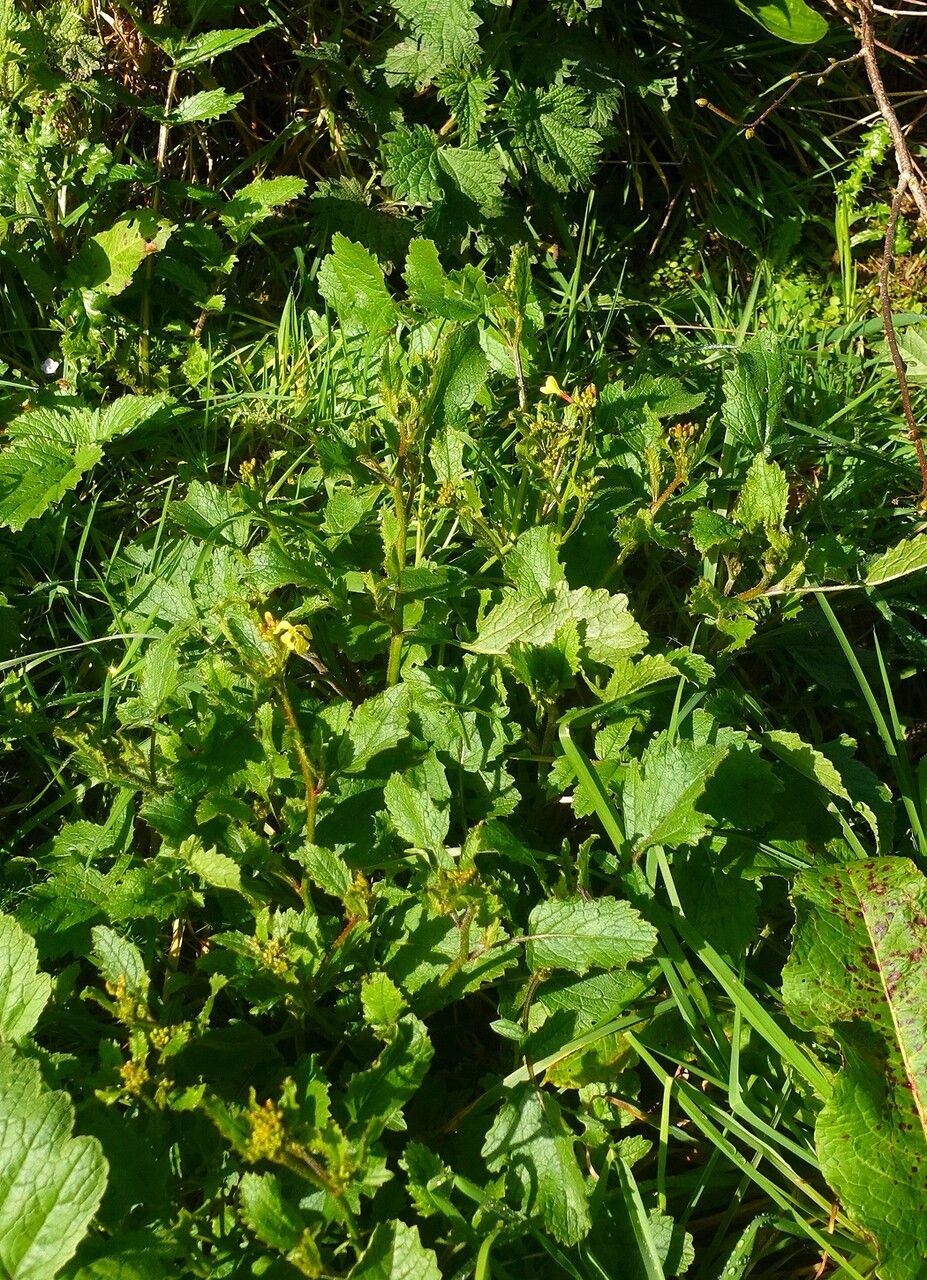## Long-stalk Crane's-bill: A Gardener's Delight
The Long-stalk Crane's-bill (*Geranium columbinum*), a member of the Geraniaceae family, is a charming wildflower that brings a touch of elegance to gardens and natural landscapes. Its delicate, five-petaled flowers, usually a pale lavender or pink with darker veins, dance on slender stems, creating a graceful and airy presence. While not as widely cultivated as some of its cousins, the Long-stalk Crane's-bill rewards the gardener with its understated beauty and ease of care.
### Habitat and Growth
Native to Europe and parts of Asia, this hardy perennial thrives in various settings, adapting well to different environments. It's often found in meadows, woodland edges, and even along roadsides, proving its resilience. The plant typically reaches a height of 1 to 2 feet, spreading gently to create a pleasing ground cover.
### Sun Exposure and Soil Needs
Long-stalk Crane's-bill enjoys a location with partial shade to full sun. While it can tolerate full sun in cooler climates, some afternoon shade in warmer regions is beneficial to prevent scorching. The soil should be well-drained; heavy clay soils are best avoided. A slightly alkaline to neutral pH is ideal. Amend heavy clay soils with compost to improve drainage and fertility.
### Planting and Care
Planting Long-stalk Crane's-bill is straightforward. Seeds can be sown directly into the ground in spring or fall. Alternatively, you can start seedlings indoors several weeks before the last expected frost. Maintain consistent moisture, especially during the establishment phase, but avoid overwatering, as this can lead to root rot. Regular deadheading (removing spent flowers) will encourage more blooms and maintain a tidy appearance. While generally pest- and disease-resistant, monitor for common garden pests and treat accordingly if necessary. Dividing the plant every few years can help maintain its vigor.
### Propagation
Propagation is easily achieved through seed sowing. Allow seed heads to mature on the plant before collecting seeds for the next season's planting. Alternatively, division of mature clumps in spring or autumn is also a successful propagation method.
### Attracting Wildlife
The delicate flowers of Long-stalk Crane's-bill attract pollinators such as bees and butterflies, contributing to a thriving garden ecosystem. The foliage also provides shelter for beneficial insects.
### Using Long-stalk Crane's-bill in Your Garden
Its airy form makes it an excellent choice for borders, rock gardens, or even as a natural groundcover. Consider planting it alongside other wildflowers or plants that thrive in similar conditions to create a cohesive and attractive landscape. Its relatively low maintenance nature makes it a perfect addition for the busy gardener.
This understated beauty offers a subtle charm and ease of care, making it a worthy addition to any garden, attracting beneficial insects and adding to the overall biodiversity of your outdoor space. Remember to provide well-drained soil and adequate sunlight for optimal growth.
Long-stalk Crane's-bill: Planting & Care Guide

Frequently Asked Questions
How do I care for a Long-stalk Crane's-bill?
Long-stalk Crane's-bill requires minimal care. Ensure well-drained soil, consistent moisture (but not overwatering), and deadhead spent flowers to encourage more blooms. Divide the plant every few years to maintain vigor.
What type of soil does Long-stalk Crane's-bill need?
Long-stalk Crane's-bill prefers well-drained soil. Avoid heavy clay soils; amend heavy soils with compost to improve drainage. A slightly alkaline to neutral pH is ideal.


